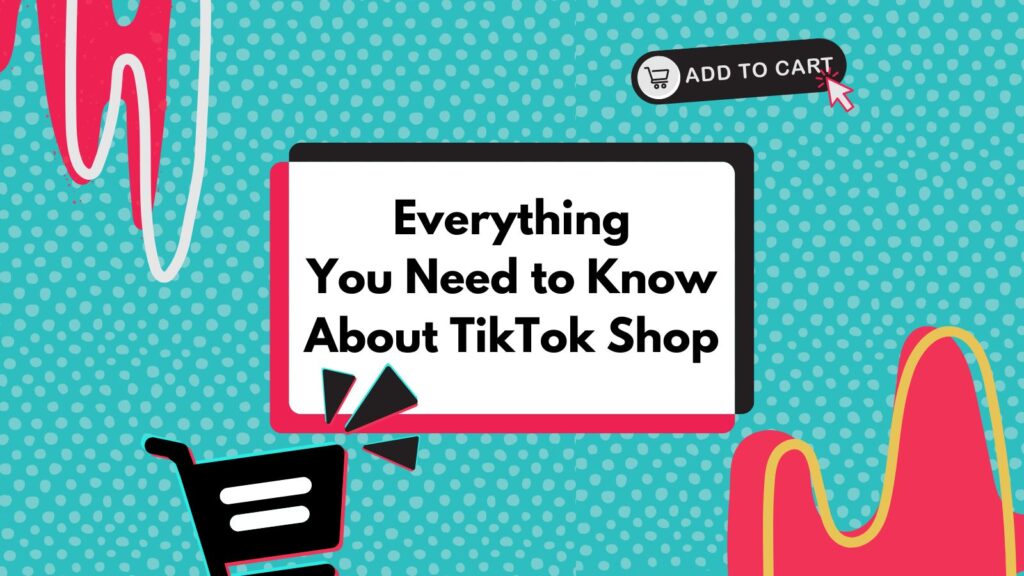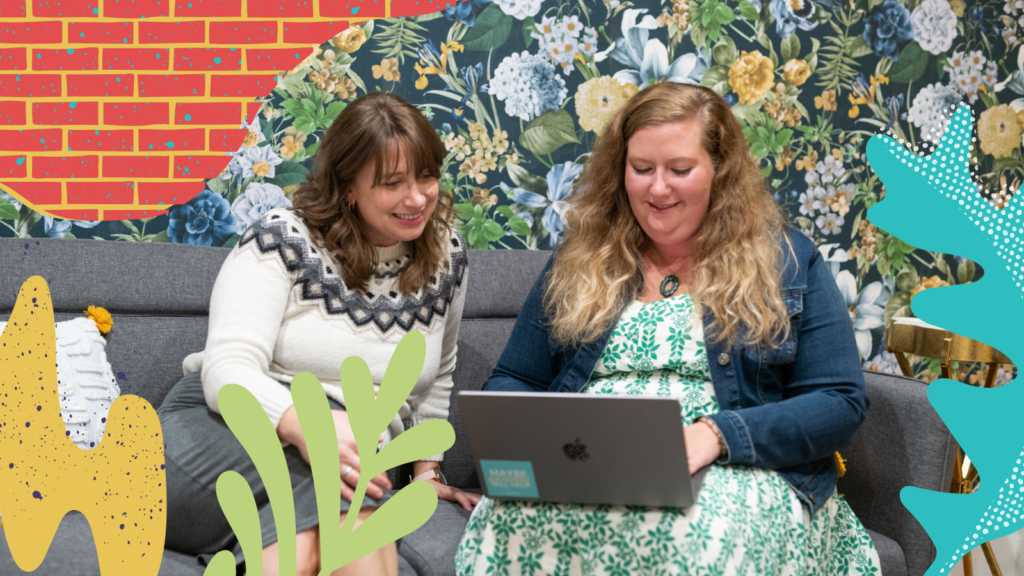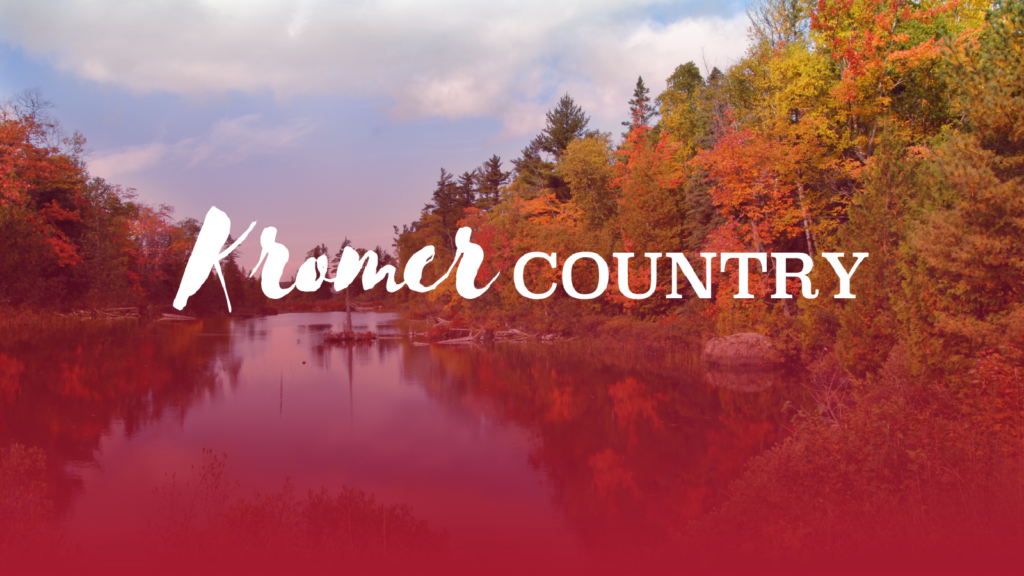Social media is a complex and ever-evolving animal. It seems like every few months, there’s outrage over a new Facebook feature and (surprise!) everyone calms down and gets used to it within a few days.
We’ll admit, there is a lot to understand about social media. There are plenty of platforms out there and it’s important to have a presence on most of them – whether you want to advance your career as an individual or get out in front of more people as a business.
The most important way to distinguish yourself on these platforms, however, it to create a unique presence on each one. What you post on Facebook will be very different from the way you present yourself on LinkedIn, Instagram, etc. If your content is duplicated across every platform, why would people want to follow more than one profile?
Each social-media application is different from the next, but it is still easy to get wrapped up in duplicating content on each one. The more you know about each social media platform, the easier it is to create unique content that differs from one place to another. So, let us help you create a social media presence that isn’t boring. Here’s a look at “The Big Four” and how each is unique.
Think of Facebook as the mother of social media. Thanks to Mark Zuckerberg, our online social interactions have changed forever. Think of Facebook as just that: interactions and engagements. It’s the platform that’s easiest to form relationships, thanks to the ability to comment, message and post. For businesses, Facebook has become more of a customer service platform than any other social media application. For individuals, Facebook is a great way to sustain relationships instead of growing networks. Through “likes” and comments, you’re able to remind people in your network you admire that “Hey, I’m here and I like you!”
The biggest mistake we see on Twitter profiles is when individuals or brands link their Facebook updates to Twitter. DO NOT DO THIS EVER. IT NEVER WORKS OUT. There is a reason people go on Facebook and there is a reason people go on Twitter, and that reason is not to see an update get cut off because it was linked to a 500-character Facebook post. Twitter and Facebook updates are NOT interchangeable. When it comes to Twitter, updates need have a little more strategy behind them. How much can you say in 140 characters? Which hashtags are most relevant to your brand – be it personal or business? Which hashtags won’t get you lost in a sea of updates? These are all things to think about when planning your posts. Strategy isn’t just found in updates, either. You need to be deliberate with who you follow and who you interact with, because that helps influence who ultimately follows you.
Many people think that LinkedIn is just for professional networking, but it has come a long way in recent years. LinkedIn is not only a great place for professionals looking to expand their network, but for businesses to position themselves as experts and go-to sources in their fields. Like all social media platforms, LinkedIn is very different from its counterparts. For one, THERE ARE NO HASHTAGS ON LINKEDIN. Don’t use them. Don’t even THINK about using them. You’ll look like a weenie. Instead, build your network by connecting with people, businesses and organizations whose goals and vision align with yours. Share articles or original content that positions you as a leader in the industry. Be a boss.
Ooooh, pictures! Pretty! Just hold up right there. Before you get all photo crazy, you need to think about what kind of visuals you want to be representing you or your brand. Keep consistent and don’t veer too far off your tone, aesthetic or subject matter. Do some hashtag research next. Find hashtags that fit in with your theme, but won’t leave your drowning among millions of other posts. Browse similar hashtags to find users you want in your feed. Also, you have to remember that you just can’t take pictures. That’s stealing. If you see a picture on another account you like, give the person credit. There are plenty of repost applications out there that will do the work for you, so you can still have the photo that you enjoy and give the person posting it the credit they deserve.
It’s OK if you had no idea that social media was so complex. There is literally no rule book that gets passed out every time you start an account. You just need to learn as you go, take a look at profiles you admire and do some blog reading. (Like this one.)









